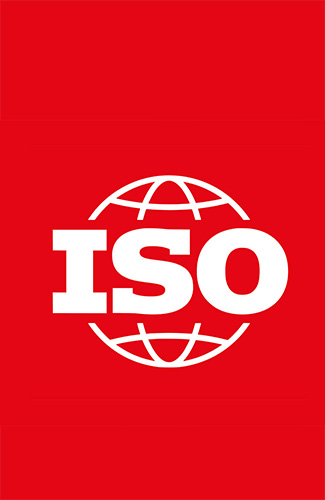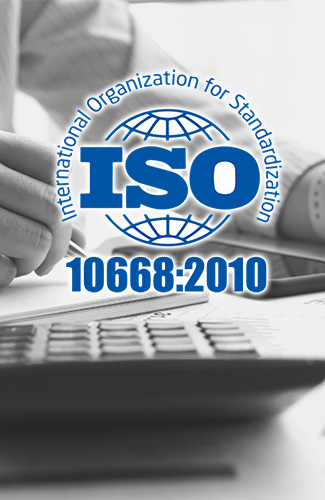Brand ISO is an international standard for measuring brand value. It specifies the requirements of an ISO compliant brand valuation, provides a framework for valuation (including procedures and methods), and shows methods for reporting results.
ISO 10668:2010 Standard
“Brand Valuation; Requirements for Monetary Brand Valuation” outlines accounting-based methods for valuation the brand in financial terms. The purpose of ISO 10668 is to provide a consistent and reliable brand valuation approach that can be applied across all types of brands big or small; local, national, or international.
The standard goes on to provide guidance on valuation assumptions and analysis:
- Market and financial data
- Behavioural aspects
- Legal aspects
- Sourcing and use of quality data and assumptions
ISO 10668 also specifies the requirements for the contents of an ISO compliant brand valuation report.
ISO 10668:2010 Standard
standard “Brand Evaluation; Principles and Fundamentals”, provides an integrated framework for brand evaluation containing brand input elements, output dimensions and sample indicators. ISO 20671 is a useful starting point for companies and organizations wanting to increase their brand value. It provides a universal view of non-financial and financial measures with the intention for more specific standards to be developed in the future in conjunction with companies undertaking this process.
ISO 20671 also specifies the requirements for the contents of an ISO compliant brand valuation report.




